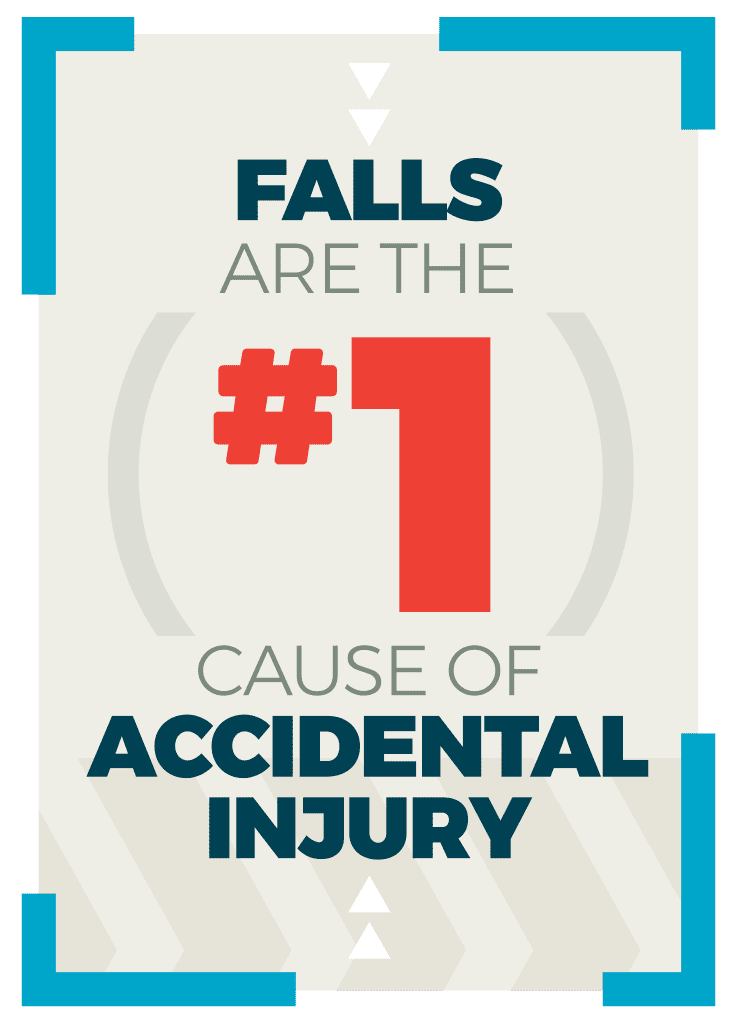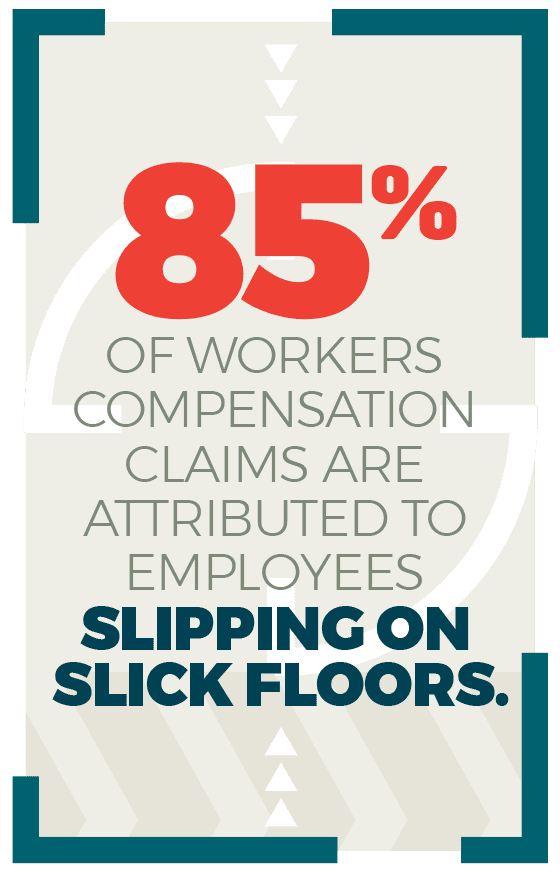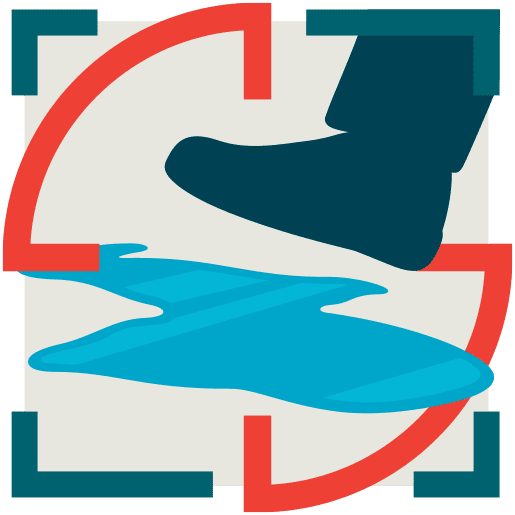Businesses have a “duty of care” to protect everyone invited onto their property—employees, customers, vendors, and visitors. Legally, they must do everything in their power (within reason) to keep others safe from foreseeable dangers.
In court, a slip and fall victim could sue a business for failing to clean up a spill in a reasonable amount of time. Similarly, an employee would have little trouble securing workers’ compensation for a fall caused by equipment that was known by management to leak fluids.
While every company wants to prevent slip and falls—not only to reduce claims, but to protect the people in their care—knowing when and where the risks exist is half the battle.
Take an employee enjoying the last minutes of their break in the staff lounge, for example. They might not think twice about the ice cube that falls out of their cup—either because they don’t understand the inherent risk it creates, or simply because they don’t have the time to search for the missing ice cube before heading back to their desk. As a result, no preventative action is taken, and the ice cube is allowed to melt on the floor, creating a well-known slipping hazard.
One of Hoskins’ duties as a Risk Improvement Engineering Specialist is to help companies take proactive steps in reducing slip and falls. More often than not, this includes performing a risk assessment to identify potential hazards, training employees on what they can do to keep themselves safe, and helping management create a plan for addressing hazards as they arise.
But even companies with robust slip and fall prevention programs are still prone to human error. Thankfully, advances in artificial intelligence are beginning to provide a more reliable way to not only identify, but also mitigate risks as they occur in real time, allowing companies to use their surveillance systems to get proactive—instead of using them to review footage after the damage has been done.
With IntelliSee’s AI-powered risk mitigation platform, companies can automate the process of identifying and reporting risks, sending alerts directly to the people responsible for addressing them. In the event a hazard continues to go unaddressed, or if an injury occurs, escalated alerts can be sent until the situation is resolved, ensuring that no employee has to experience what Hoskins’ client went through.
“One of the main benefits to a platform like IntelliSee is that it automates the tasks humans are either likely to get wrong or incapable of doing altogether,” says Goedken.
“People can’t be in all places at all times, so hazards will inevitably slip past their radar. Even a security officer facing a wall of screens can’t monitor every camera at every second of the day. But IntelliSee can. The platform’s ability to instantaneously identify a variety of risks across all locations will be a total game changer. It could save some companies millions of dollars each year.”
While there’s nothing more powerful than an informed, proactive workforce, IntelliSee can complement your existing risk prevention program to reinforce its weak spots and ultimately, make it more effective.
“If you can increase your situational awareness, do it,” said Hoskins. “The number one way to mitigate slip and fall risks is to know where they exist, why they exist, and what you can do about it.”


